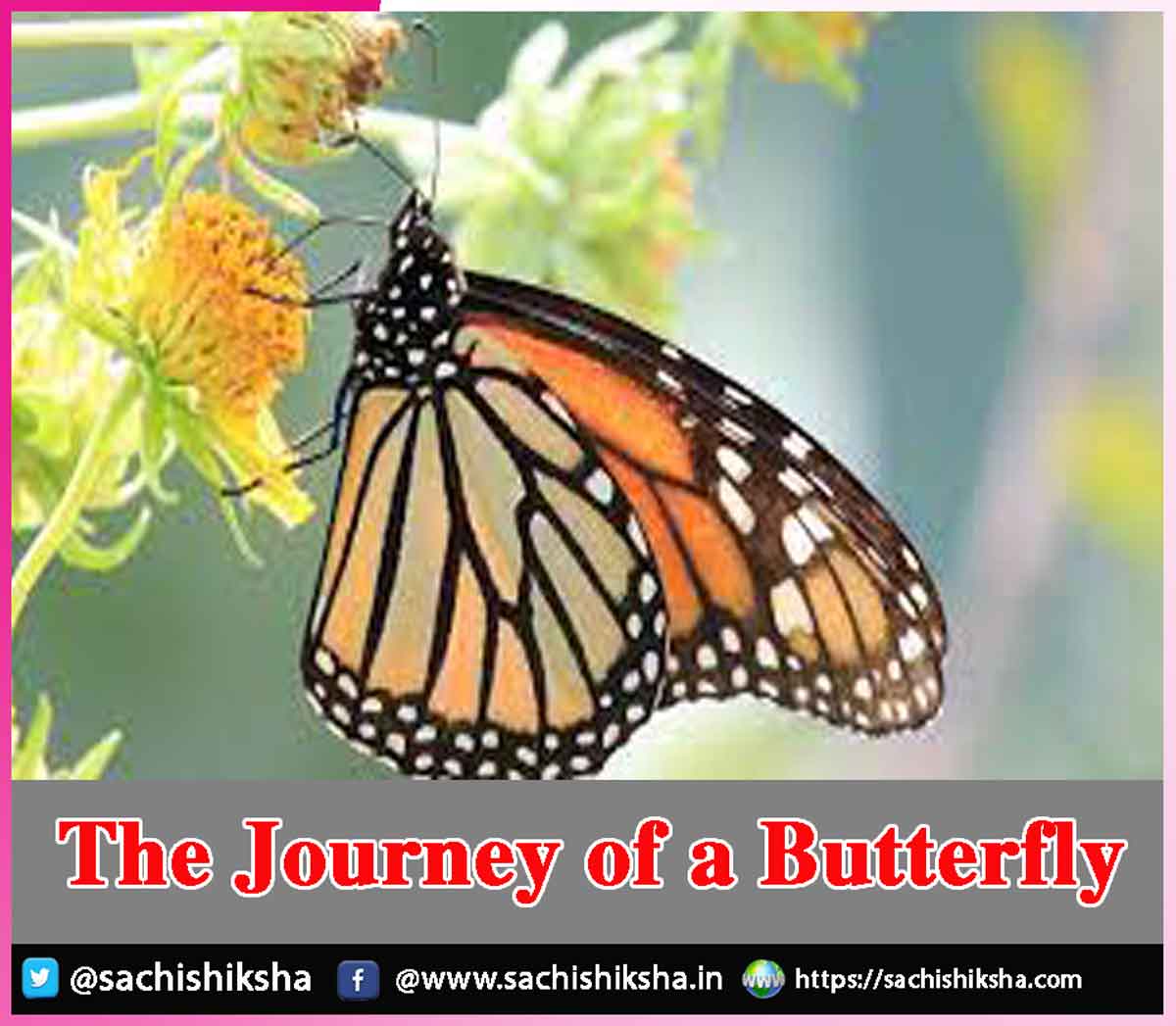The Journey of a Butterfly
Introduction: Butterflies are among nature’s most beautiful and captivating creatures. Their delicate wings and vibrant colors often steal our attention, but what is even more remarkable is the transformation they undergo before reaching adulthood. This magical change is called metamorphosis—a process that turns a crawling caterpillar into a flying butterfly. In this article, we’ll explore the fascinating stages of a butterfly’s life and understand how this incredible transformation unfolds.
Table of Contents
The Four Stages of a Butterfly’s Life
Each stage plays a critical role in the butterfly’s development and survival.
-
Egg – The Beginning of Life

-
Larva – The Hungry Caterpillar
The caterpillar, or larva, is the second stage. This is the feeding and growth phase. Once it emerges from the egg, the tiny caterpillar’s primary job is to eat—and eat a lot. This stage can last anywhere from a few days to several weeks, depending on the species and environmental conditions.
-
Pupa – The Secret Transformation
The most mysterious stage of a butterfly’s life is the pupa, also called the chrysalis. It then forms a protective casing around its body. This is not a resting stage, as many might think. Inside the chrysalis, a complete transformation—called metamorphosis—is taking place.
What’s remarkable is that, despite the complete physical transformation, some memories from the caterpillar stage may still be retained in the butterfly, as studies have suggested. This adds a layer of mystery to the metamorphic process.
-
Adult Butterfly – The Final Form
When the change is completed, the adult butterfly emerges from the cocoon. The butterfly pumps fluid from its body into the wings to expand and strengthen them. After resting for a few hours to allow the wings to dry and harden, the butterfly takes flight.
Why Metamorphosis Matters
The butterfly’s life cycle is more than just a fascinating natural process—it has evolutionary and ecological importance. Metamorphosis allows butterflies to occupy different ecological niches in their larval and adult stages. Caterpillars focus on eating and growing, while butterflies focus on reproduction and spreading to new areas.
Universal Symbol of Change and Hope
The butterfly’s transformation has also made it a universal symbol of change and hope. Its journey from a crawling caterpillar to a flying beauty mirrors personal growth, overcoming challenges, and finding one’s true potential. The change that butterflies undergo is nothing short of magical. From a tiny egg to a fluttering adult, each stage in their life cycle tells a story of growth, transformation, and survival. As we watch a butterfly dance through a garden, we are reminded that change, though sometimes hidden or difficult, can lead to something beautiful. Understanding how butterflies change not only teaches us about nature—it inspires us to embrace change in our own lives.













































